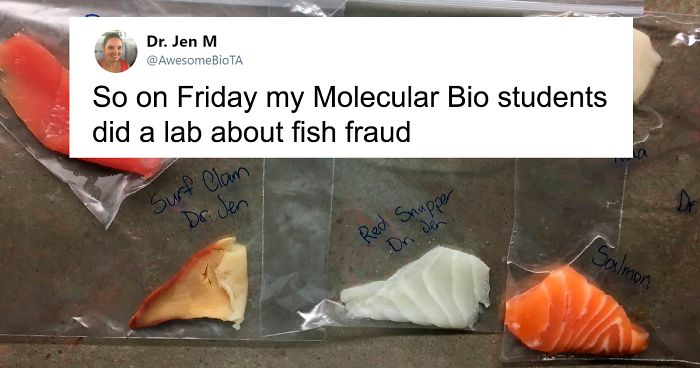
Biologist Exposes Sushi Restaurants For False Labels For Their Ingredients
“You are what you eat as the saying goes but if you run some tests on that food – as one biology teacher did with her class – you might find out that what you are is pretty disgusting. Biology professor Dr.Jennifer McDonald asked her college senior class to go out to various sushi restaurants and bring back a sample for their lab assignment, so they could extract the DNA and find out if the fish name on the menu was in fact what it said it was. Not only did the class expose some serious fish fraud they uncovered some other seriously stomach-churning “ingredients.”
This biology teacher’s twitter thread has exposed sushi restaurants for some pretty “fishy” practices

Image credits: AwesomeBioTA
Dr. McDonald is a biology professor at Fanshawe College in London, Ontario. Recently she tweeted out an experiment she was conducting with her students to sequence the fish DNA from restaurant sushi and see if the fish matched their menu labels. The educator told Bored Panda she got the idea from Twitter of all places, “I was looking for a way to “spice up” my Molecular Biology labs with a practical exercise that integrated the theory portion of the lab with something that was really hands-on, relevant to today’s biology world, and relevant to what my students may one day be doing as Laboratory Technicians when they graduate. One of the developers of the kit we used from the company Bio-Rad sent me information links and it looked really promising. I ordered a kit for my course, tried it out, and it was incredibly successful (and fun!)
Image credits: AwesomeBioTA
While the educator couldn’t predict all the results, she was familiar with studies on the fish fraud phenomenon, “Fish mislabelling in the seafood and fish industry (even the aquarium industry!) is well-documented and something that many governments are attempting to tackle with stricter rules and regulations, more enforcement, and higher fines. I expected to find results that were in line with what was previously published: about 50% of fish will not be labeled correctly, with some species like red snapper and white tuna being more likely to be mislabelled than others.”
Image credits: AwesomeBioTA
To identify Dr. McDonald had to perform a process called DNA sequencing on their samples. “Identifying species by their sequence barcode is almost exactly like going shopping. You pick out the items you want, some of them have price stickers on them, some of them don’t, and you take them to the cash register. As each item’s tag is scanned, the barcode on the item is the identifier: each item has a different barcode. When scanned, the exact item and that item’s price is displayed on the register’s screen as long as it’s in the database. With living organisms, each major group of organisms has a well-established “barcode” in animals we use a gene called co1, in plants we use a gene called rbcL, in fungi we use a gene called ITS, etc. A gene sequencer has the ability to read all of the letters of the genetic code between two primers, that act like target probes. They restrict the region you’re generating the sequence for, instead of getting the entire genome. Once the sequencer has given you all of the letters between your primers, you run that through the barcode database and it will tell you what species that barcode is from. It’s really nice because it can work on a very small piece of tissue, instead of relying on identification based on the entire, intact, organism.”
Image credits: AwesomeBioTA
Mislabeling fish can have some serious health consequences. Researchers at Oceana found that 84 percent of “white tuna” samples they tested in the U.S. was actually a fish called escolar. Escolar has been banned in Japan since 1977, because their government believes it to be toxic, and with good reason. This fake tuna can make you extremely ill.
Image credits: AwesomeBioTA
In addition, Dr. McDonald said that food allergies were the most serious health risk she saw as a result of mislabeling, “Many people are allergic to shellfish or some other kind of fish, and will avoid these when eating out at a restaurant or buying food at a grocery store. If the fish that they’re being served (or any food, really!) is not what the label claims it is, they could become very sick or even die. Same with “fillers” added to products. Sometimes gluten is added to things like imitation crab to give it a better texture. If this is not declared on the menu or label and you’re allergic to gluten? This could be a big disaster for you! There are also cultural points to consider as well: some people from certain cultures or religions don’t eat certain foods. They may be inadvertently eating something they shouldn’t be, if that product is not declared on the label or is misidentified in their meal.”
Image credits: AwesomeBioTA
Food fraud is a $50 billion annual industry that doesn’t just stop at sushi restaurants, “The investigation of fish mislabelling in Canada started with fallout from a horse meat scandal in the EU, where ground horse meat was being labeled as beef and pork. I think it’s easy to do in the fish and seafood industry because you rarely see the entire organism (most people buy fish fillets, or pre-sliced fish steaks, or eat it in restaurants, etc.), but I think it absolutely happens in other industries. Olive oil, maple syrup, and teas (as three examples) are often cited as targets for mislabelling and food fraud,” explained Dr. McDonald.
Image credits: AwesomeBioTA
Image credits: AwesomeBioTA
Image credits: AwesomeBioTA
Image credits: AwesomeBioTA
Image credits: AwesomeBioTA
Image credits: AwesomeBioTA
Image credits: AwesomeBioTA
Image credits: AwesomeBioTA
In the last sample, the class discovered a disgusting mystery ingredient
Image credits: AwesomeBioTA
“They were pretty grossed out! One of them asked how common it is to find insect material in their food, thinking this would be a rare occurrence. I had to burst their bubble and tell them that you eat insects or insect pieces almost every day! Here’s a great website that shows you permitted insect pieces in food, and the number of insects or insect fragments you consume based on food type: http://www.terro.com/
Image credits: AwesomeBioTA
Despite the unpleasant discovery, Dr. McDonald said she wasn’t dissuaded from eating fish or sushi but says it’s important to be mindful, “I ate fish again the night after we found the results! I love fish and I love sushi. I’ll stay away from anything labeled “white tuna” just to be safe, but these results won’t stop me from eating it in the future! I will be much more discerning in the fish I buy at the grocery store, to look for sustainable fishing certification on the label. This increases the likelihood that you’ll get fish you can trust to be what the box or label says it is, and you can also be playing a role in helping make the fishing industry more sustainable. Look for the MSC logo on your food to know if it’s certified sustainable or not.”
Image credits: AwesomeBioTA
The biggest takeaway from this sushi lab? Consumers sure are easy to fool, “We had some suspicions based on colour and texture of fish pieces that what we were being served wasn’t what it claimed to be but none of us were positive. Once we got the results, I don’t think anyone was overly surprised. Disappointed, sure! It also helped make a few things make more sense, too. Many students complain that after having sushi sometimes they feel very ill, while sometimes they feel fine after having essentially the same meal. Most pass it off as food poisoning from E. coli or Salmonella, but almost all of them realized it may actually be due to escolar being served to them as “white tuna”. Not everyone reacts the same way, but if you are especially sensitive to wax esters you may have a severe reaction to consumption of that fish (dubbed the “laxative of the sea”).”
Image credits: AwesomeBioTA
For all the sushi lovers out there Dr.McDonald has a message for you, “Do you eat and like sushi? Then continue to eat and like it! But ask yourself how much you trust your sushi restaurant’s supplier.”
People were amazed and grossed out by the experiment
Image credits: carinarynn
Image credits: lobrien
Image credits: ambivalentricky
Image credits: Steff_Moraal
Image credits: alisonborealis
Image credits: cferak
Image credits: Marimikel
Image credits: TinaLasisi
342Kviews
Share on FacebookPretty much the same as "fake crab", "wines" which aren't officially wines, steaks which have been actually glued together, (real) tuna getting the beet-juice-treatment, pigs colon sold as calamari, tea that isn't officially tea, (nestle) Springwater that is just branded-tapwater, white flour that is simply colored brown & sold as brown bread, normal crystal sugar that is simply colored brown to be sold as cane-sugar, you like factory/large corporation chicken broth NOPE that is actually YEAST you are tasting as the main ingredient and this list goes on & on & on. Ultimately the food industry is not about food: it is about money. Off course there are those who actually deliver quality, but it is up to the consumer to choose.
When it's labeled wrong, that's a violation of the law. If more people knew, we could fix this c**p.
Load More Replies...Pretty much the same as "fake crab", "wines" which aren't officially wines, steaks which have been actually glued together, (real) tuna getting the beet-juice-treatment, pigs colon sold as calamari, tea that isn't officially tea, (nestle) Springwater that is just branded-tapwater, white flour that is simply colored brown & sold as brown bread, normal crystal sugar that is simply colored brown to be sold as cane-sugar, you like factory/large corporation chicken broth NOPE that is actually YEAST you are tasting as the main ingredient and this list goes on & on & on. Ultimately the food industry is not about food: it is about money. Off course there are those who actually deliver quality, but it is up to the consumer to choose.
When it's labeled wrong, that's a violation of the law. If more people knew, we could fix this c**p.
Load More Replies...
 Dark Mode
Dark Mode 

 No fees, cancel anytime
No fees, cancel anytime 






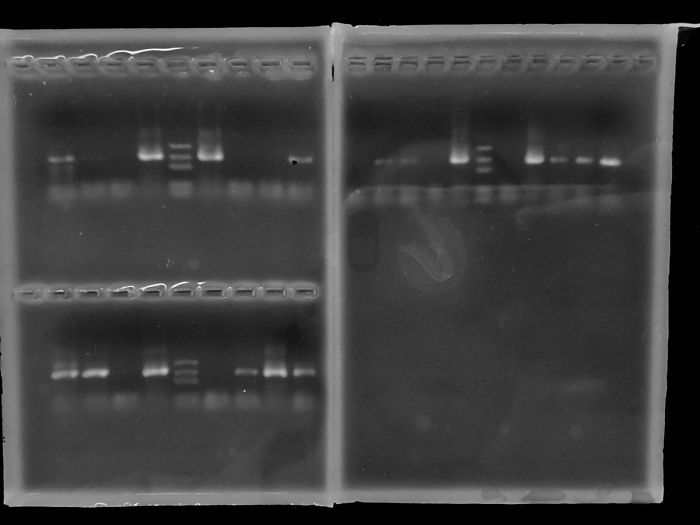







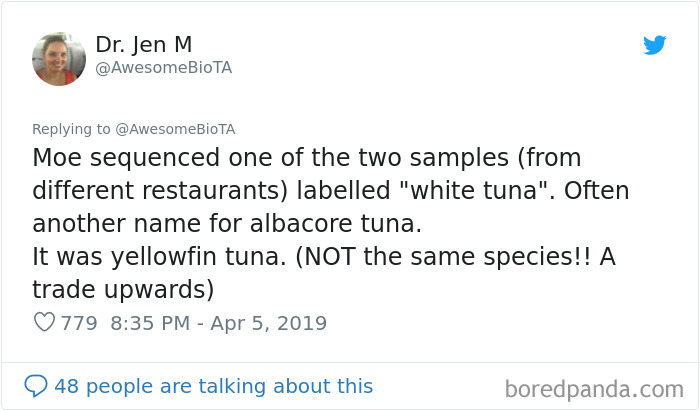
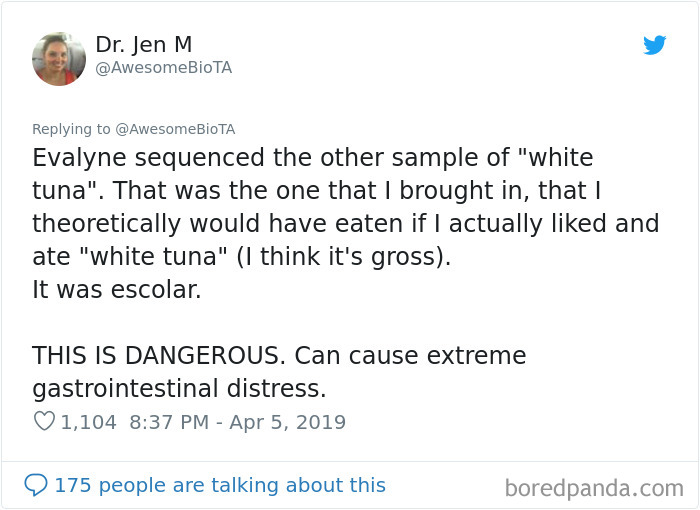
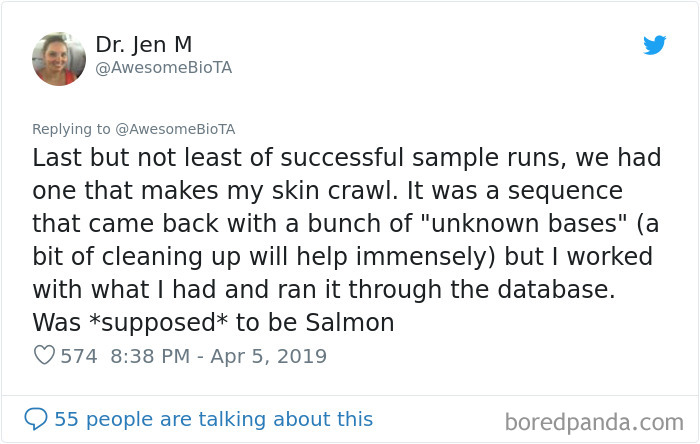

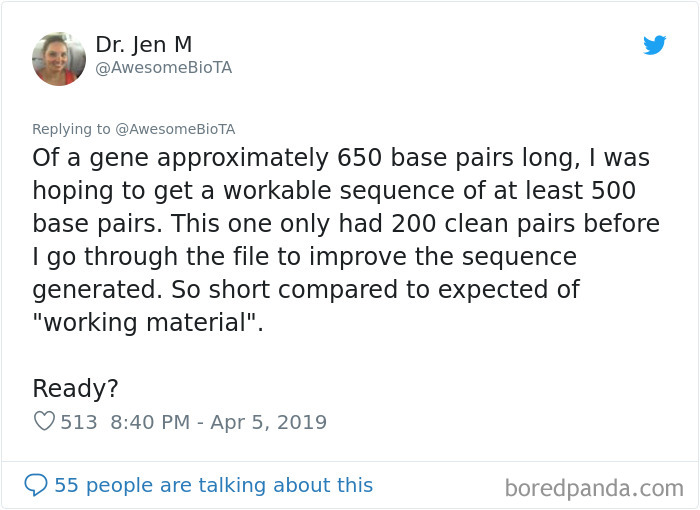

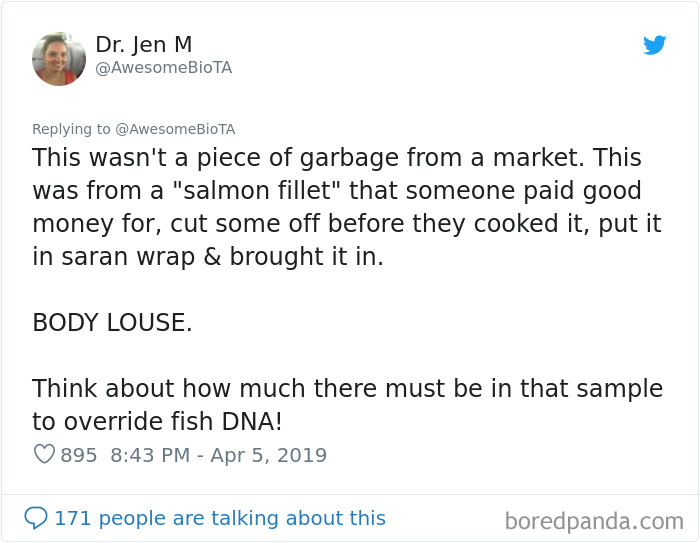
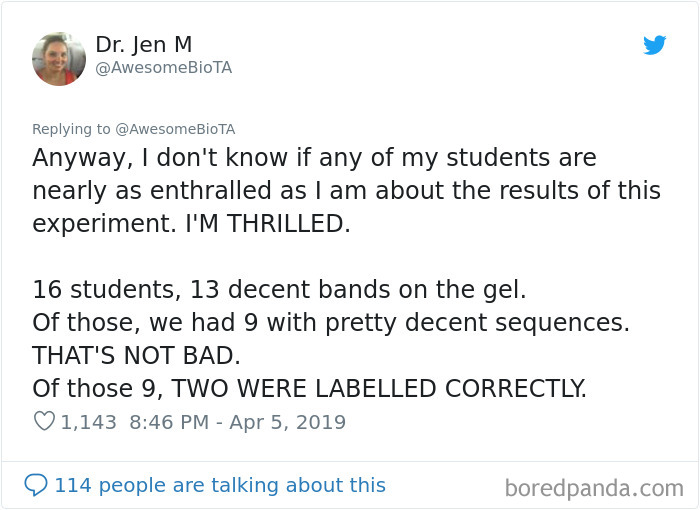


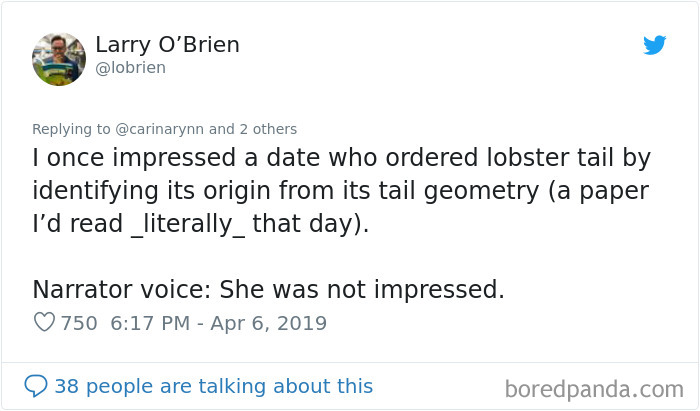
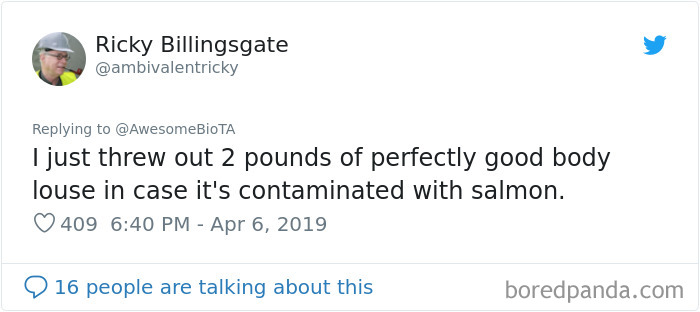

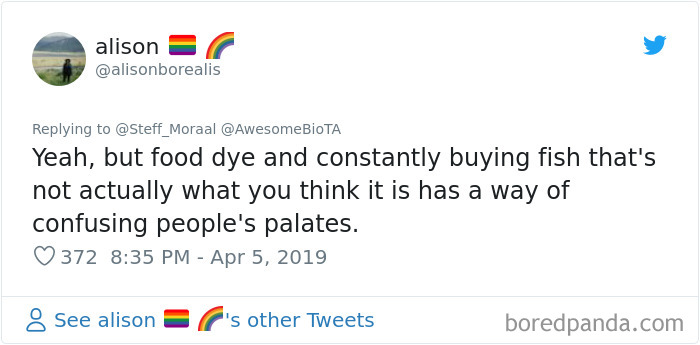
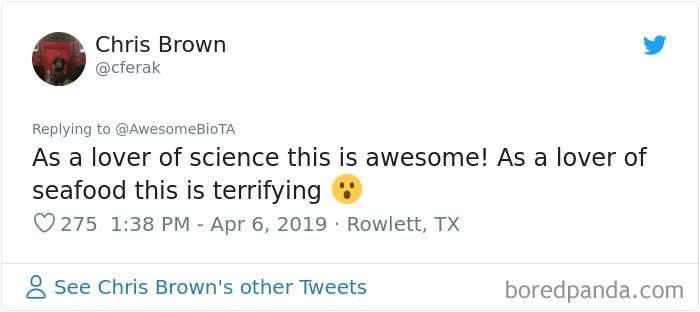

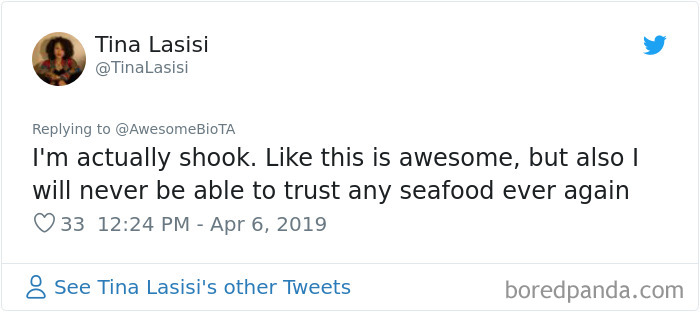











































300
141